My bushcraft is predominantly about interacting with nature – the landscape, the animals, the plants, the air and clouds. And, more importantly, what that brings to me. So this series of articles is about the different seasons, how I embrace them, and the experiences they bring, the pleasure, peace, and mental wellbeing.
My playground is the North Downs – the Pilgrims Way. Although I may talk specifically about the Downs, everything I say is relevant to you and where you are, whether in the UK or elsewhere in the world.
This series is not about being separate from the land. It is about being part of it – you don’t need to reconnect if you don’t disconnect in the first place. That is universal to any understanding of bushcraft. Before we start foraging, before we start lighting a fire, before we start cutting (or removing) fallen wood, it pays to establish our relationship and responsibilities to the world we are part of.
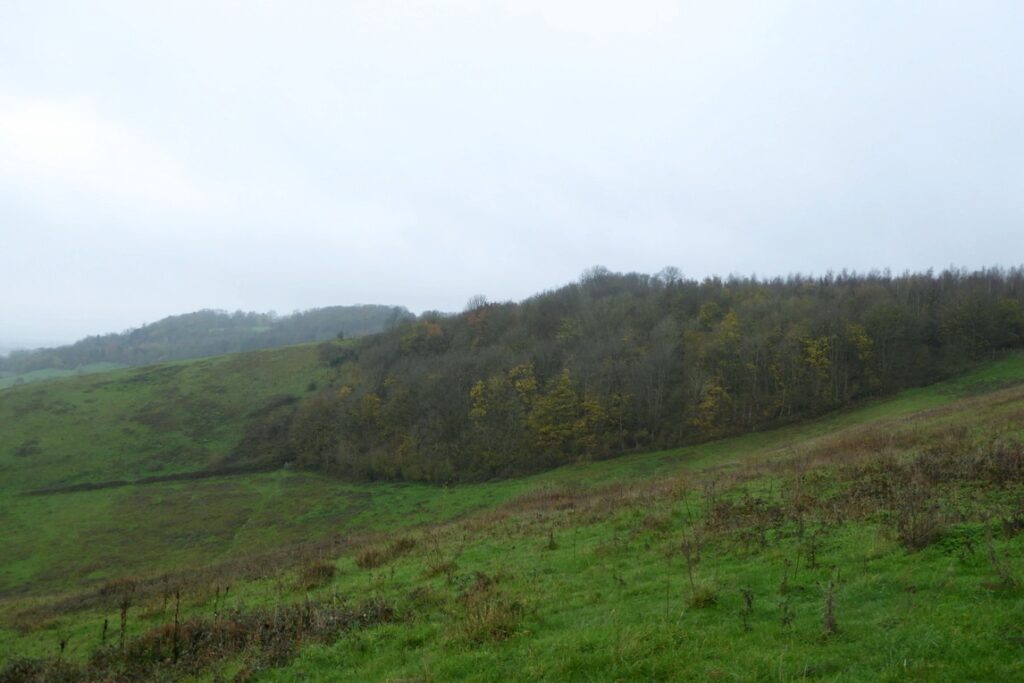
Three Essential Ingredients
For me, there are three essential ingredients to observing wildlife. Fortunately, I am in control of two of them: firstly, choosing the right habitat for the right species; and secondly, patience. Unfortunately, I am not in control of the third: luck.
If I want to see a flock of Oystercatchers, I need to be on the coast. Sometimes I may scare them off (it happens), but if I can find somewhere unobtrusive, I just sit down and wait. They won’t come back straightaway, but maybe after 5 minutes, or 10, maybe half an hour, I’ll be rewarded. Of course, they may not be there at all, but you have to create your opportunities.
But so what? I may find a flock of redshank instead or ringed plover skittering along the water line. I take pleasure in that because they’ve chosen to share that moment with me. Who knows, whilst I sit there, a grey seal may pop its head out of the water to see what that strange shape on the shore is.
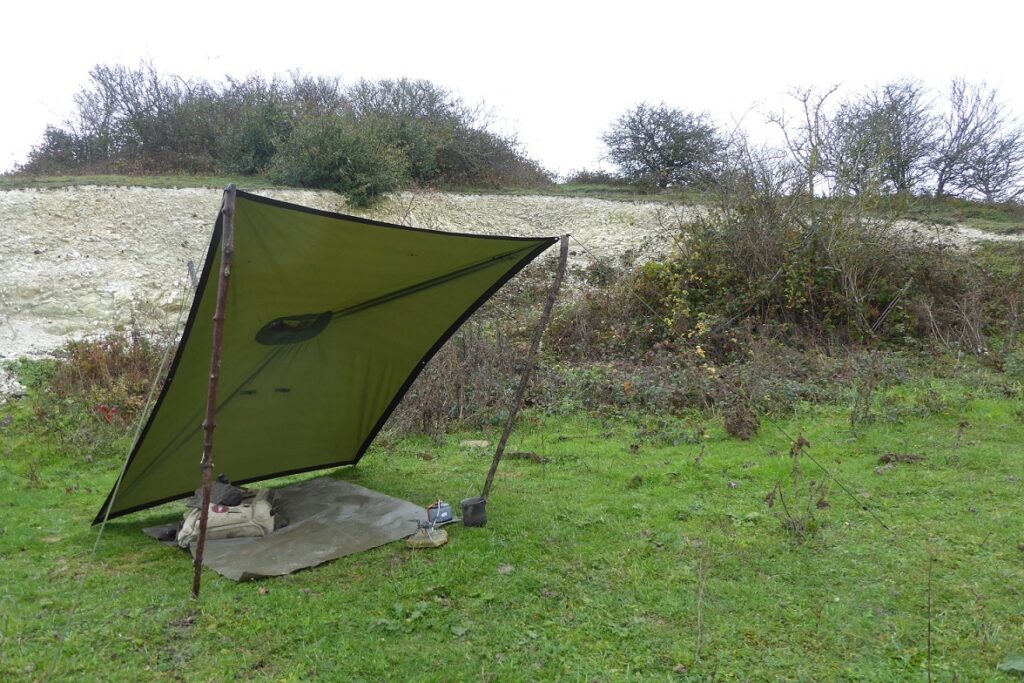
Though it may not, and that doesn’t matter because what I am doing is breathing in a world greater than my mere existence and when I realise that the world realises it as well, I see a lot more – with both my eyes and mind.
Awareness of that eternity in one’s soul and being can bring the peace and wellbeing many find in the natural world. It’s worth investing the patience for this because it does pay dividends, the wildlife does come along. You see how that bird sits alongside that herd of cows? They’re not scared of that big, dangerous, alien creature because they know it’s as much a part of the environment as themselves, another simple child of the universe. Unscared and at ease, they are comfortable around it and show themselves. Forgive me this, but I strive to be like that cow.
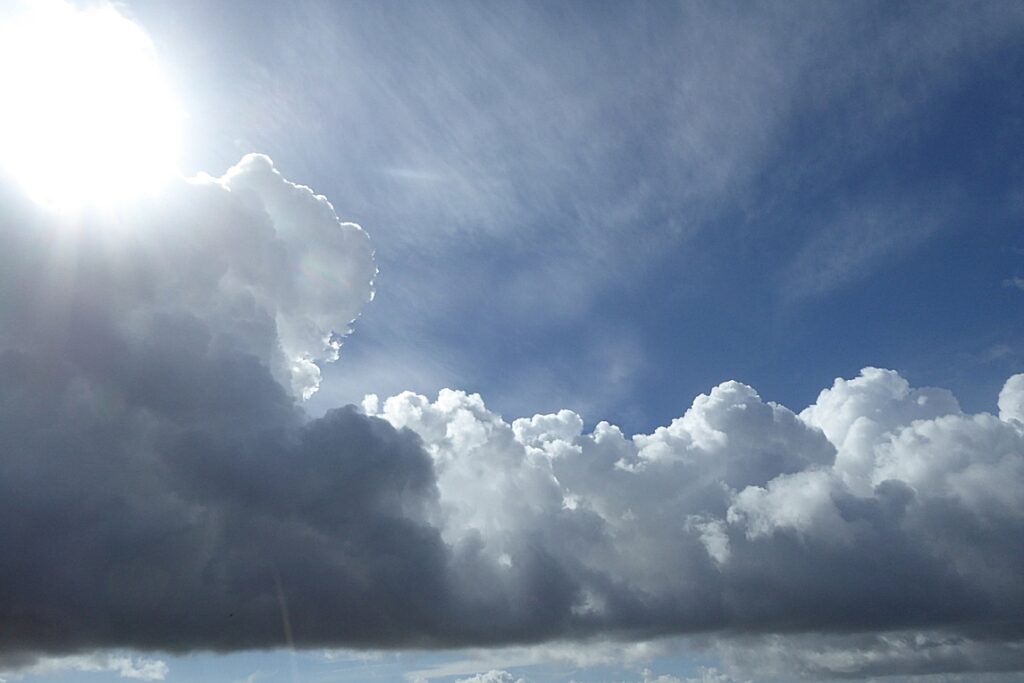
Winter Boldness
In Winter, especially late Winter, animals get bolder – less food available, and winter stocks are now depleted – so it can be a good time to go wildlife spotting. There may be less variety, but that in itself can be a good thing for the beginner because there are fewer things to remember.
Case in point. As I sit here writing this, sitting below a chalk scarp on the Downs, a pair of kestrels have flown in. They are quartering the grassland, no more than 20 feet above me – so close, the sun behind them glowing through the feathers, displaying the colours – it’s a male and female.
I find that if I try to observe nature with a ‘hunter mentality’ – trying to shoot it with either a rifle or a camera – I can expect it to react accordingly. I need to be part of the natural world, not an outsider coming in.
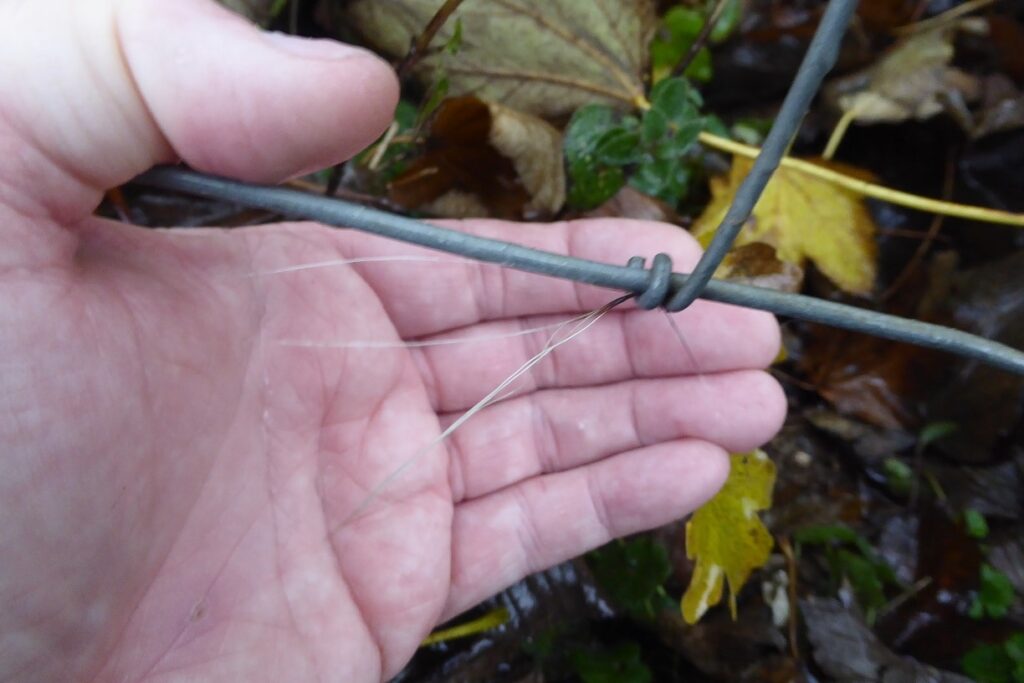
If I pass a herd of cows, I’ll say, ‘Morning, ladies!’. Or if they’re steers, it’ll be, ‘How-do’s chaps – you having fun?’. That robin in the hedgerow? ‘Good morning, Mr Robin. Have a lovely day.’ They’re my friends; why wouldn’t I? Of course, we won’t be going down the pub for a pint and a chat later. But in every meaningful sense, they are my friends. That’s my relationship to them.
The Closeness of Winter
I endeavour not to lose track of what I have close to hand. There are many micro-ecosystems just outside the front door. And in Winter, they come closer. The shed at the bottom of our garden catches a lot of sun, so foxes can be seen at all times of day sunning themselves, especially in Winter, when they try to make the most of the pale heat.
We have a hedge along one side – home to wrens and robins. That’s not a pile of sludge at the base of that tree or the kerbside; that’s home to thousands of insects and other organisms. All just as valid as each other, all part of the world and part of my existence, no less than the trees and stars. All willing to be more daring in Winter, and all welcome to curious eyes.

With the amount of rain we had in November, the tracks have become slippery and sodden – returning to the liquid slurry they once were, millennia ago, when the hills were the ocean floor. The fallen leaves and dead plants have a rich, rotten, smell to them. Not merely humus, but the acrid stink of death. All of the above, and more, graciously share the earth with me. Looking down onto the fields below and the sky above, I can hear the sound of a lone crow echo across the sward, a solitary buzzard mewing.
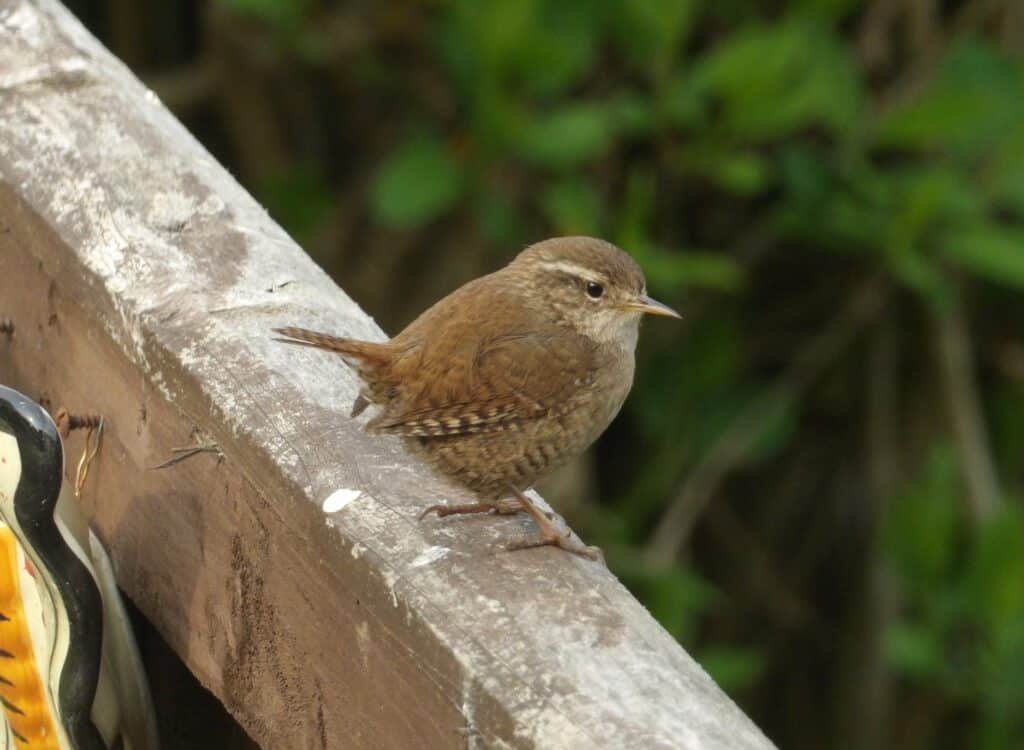
Wildlife Companions
When I’m out for a walk, especially in Winter, the robins are always a companion. Though here on the Downs we get that other member of the chat family – the stonechat. Always in twos – a male and female. They have different colourations, so it is easy to identify the different sexes. On the rocky and chalky Downs they take the role of that more common chat, the robin.
Stop in the countryside for a break or a bit of lunch and you soon have a robin come visit. Well, on the Downs, the stonechat plays that role. When I am out for that Winter bimble, when body and spirit feel gossamer thin, that encounter with a feathered friend makes me feel wrapped and warm.
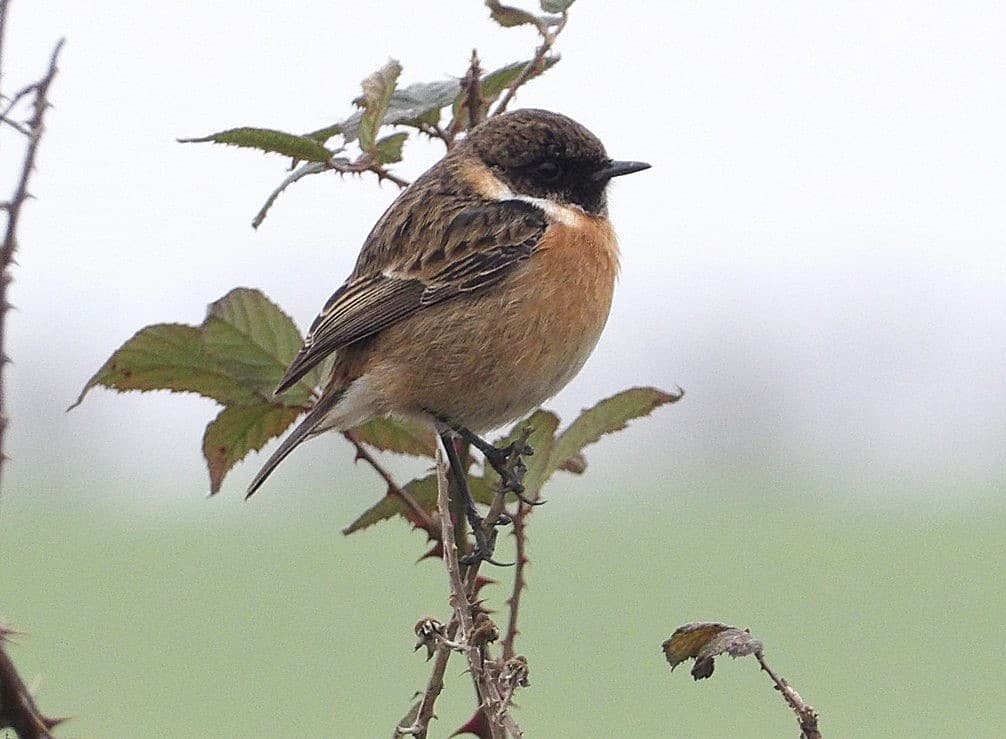
Finally, let’s deal with cold hard practicalities – how do you know what you’ve seen? Well, I have a camera with me – a good quality pocket camera with a reasonable zoom.
I also have various identification apps on my phone – one each for birds, plants, insects, etc. If they are of no use in the field, then I have Big Books and the internet when I get home.
I find that knowing what I’ve seen, whether animal or vegetable, makes me more aware of the variety and wonderful balance in nature.
I won’t give names and details of the camera or phone apps because I don’t wish to endorse one over another, but if you want to know, then leave a comment, and I’ll answer.


Article by Stephen Tucker
I started my outdoor career doing Live Action Role Playing – camping out in the woods armed with a foam rubber sword.
Living in a rural location we were always surrounded by nature. During the school Summer holidays our mums would go fruit picking and we’d spend our time on the farm – making camps, exploring, scrumping, and hitching rides on a tractor with the farm hands.
Then along came Ray Mears and we started doing it properly.
Having an arts background I’ve always been interested in the way we look at the world, whether through a camera lens, or with our hearts.
My time is spent walking the chalk tracks on the North Downs, and actually being a living part of the living landscape. That connection between our own being and how we are as much a part of the environment as all we see about us is what informs my take on bushcraft.

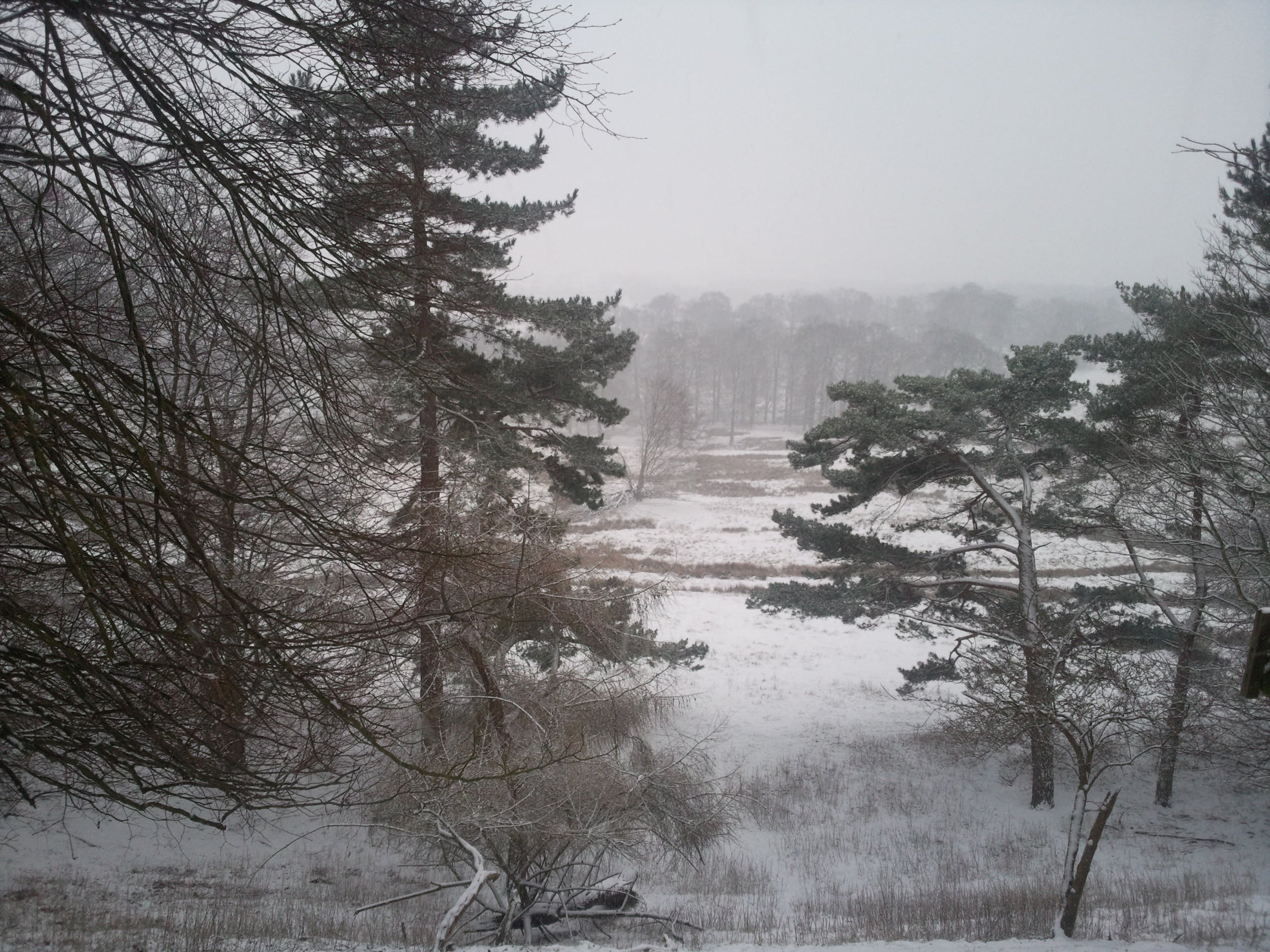
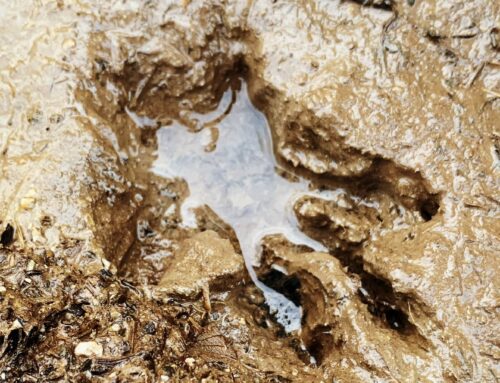

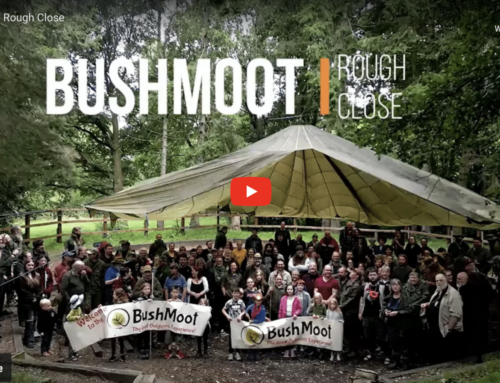
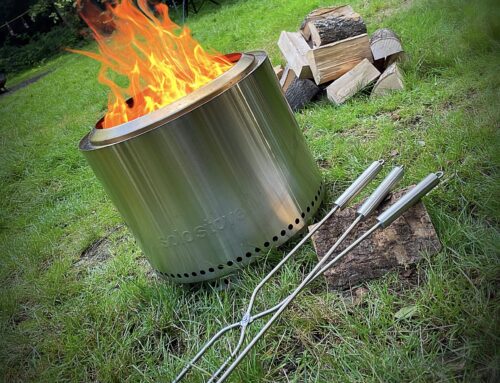
Leave A Comment
You must be logged in to post a comment.